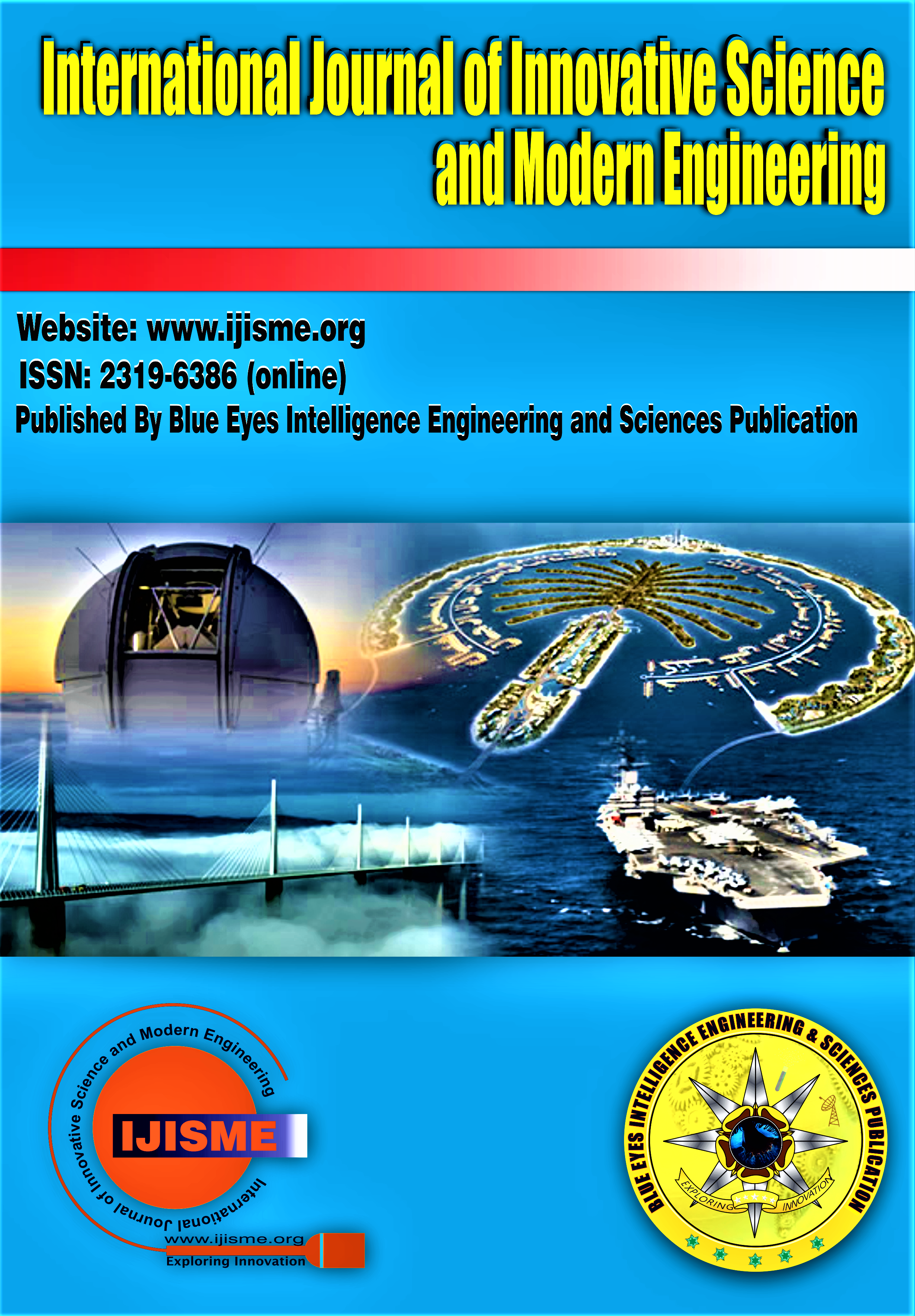A Comparative Study of OTT Market Demographic Grouping
Main Article Content
Abstract
This research paper aims to analyze the population and potential viewer count for different age groups, genders, and employment status in three distinct clusters of states in the United States. The clusters were formed based on demographic similarities using the K-means clustering for exploration and Hierarchical (Birch and Agglomerative) and Spectral clustering on a dataset that included information on the population, age, gender, employment status, and potential viewers for each state. The research then analyzed the clusters to determine the most significant factors contributing to the viewership in each segment and found that each cluster has unique demographic features, such as a high concentration of younger male viewers in one cluster and older female viewers in another. Additionally, the research identified the states and demographic groups with the highest potential viewership within each cluster. The results section will discuss the demographic features of each cluster, followed by an analysis of the states and demographic groups with the highest potential viewership within each cluster. Our analysis provides valuable insights into the audience's characteristics and preferences, which can be used to optimize marketing and content strategies for the streaming service. The paper will conclude by discussing the implications of these findings and possible future directions for research.
Downloads
Article Details
Section

This work is licensed under a Creative Commons Attribution-NonCommercial-NoDerivatives 4.0 International License.
How to Cite
References
Ashwani, Kaur, G., & Rani, L. (2023, June). Mall Customer Segmentation Using K-Means Clustering. In International Conference on Data Analytics & Management (pp. 459-474). Singapore: Springer Nature Singapore. https://doi.org/10.1007/978-981-99-6553-3_35
DURGA, P. S., PAULSON, J., & SRINIVASAREDDY, M. (2023). Customer segmentation analysis for improving sales using clustering. International Journal of Science and Research Archive, 9(2), 708-715. https://doi.org/10.30574/ijsra.2023.9.2.0663
Reddy, B. S. V., Rishikeshan, C. A., Dagumati, V., Prasad, A., & Singh, B. (2023, March). Customer Segmentation Analysis Using Clustering Algorithms. In International Conference on Machine Learning, IoT and Big Data (pp. 353-368). Singapore: Springer Nature Singapore. https://doi.org/10.1007/978-981-99-3932-9_31
Aouad, A., Elmachtoub, A. N., Ferreira, K. J., & McNellis, R. (2023). Market segmentation trees. Manufacturing & Service Operations Management, 25(2), 648-667. https://doi.org/10.1287/msom.2023.1195
Patria, D., Achmadi, H., Wuisan, D., & Purba, J. T. (2023). HOW BRAND ENGAGEMENT, BRAND EXPERIENCE ON BRAND LOYALTY THROUGH BRAND TRUST AND BRAND COMMITMENT: SPOTIFY ONLINE MUSIC EVIDENCE. JMBI UNSRAT (Jurnal Ilmiah Manajemen Bisnis dan Inovasi Universitas Sam Ratulangi)., 10(3), 1694-1710. https://doi.org/10.35794/jmbi.v10i3.50319
Yoshida, M., Biscaia, R., Uhrich, S., Gordon, B. S., Huettermann, M., & Nakazawa, M. (2023). Fan Engagement Behavior: Validation of a Theory-Based Scale. Journal of Sport Management, 1(aop), 1-18.
Castillo, A., Benitez, J., Llorens, J., & Luo, X. R. (2021). Social media-driven customer engagement and movie performance: Theory and empirical evidence. Decision Support Systems, 145, 113516. https://doi.org/10.1016/j.dss.2021.113516
Abbasi, A. Z., Asif, M., Hollebeek, L. D., Islam, J. U., Ting, D. H., & Rehman, U. (2021). The effects of consumer esports videogame engagement on consumption behaviors. Journal of Product & Brand Management, 30(8), 1194-1211. https://doi.org/10.1108/JPBM-04-2020-2839
Teng, H. Y. (2021). Can film tourism experience enhance tourist behavioural intentions? The role of tourist engagement. Current Issues in Tourism, 24(18), 2588-2601. https://doi.org/10.1080/13683500.2020.1852196
Umarani, V. (2021, December). Investigation of KNN and Decision Tree Induction Modelin Predicting Customer Buying Pattern. In Proceedings of the First International Conference on Combinatorial and Optimization, ICCAP 2021, December 7-8 2021, Chennai, India. https://doi.org/10.4108/eai.7-12-2021.2314593
Sabbagh, F. (2021). Marketing and Campaign Management via Social Networks and the Effects of Electronic Advertising. In Indian Journal of Data Communication and Networking (Vol. 1, Issue 3, pp. 23–31). https://doi.org/10.54105/ijdcn.b5004.061321
Jadhav, Prof. Y., & Parasar, Dr. D. (2020). Customer Segmentation and Buyer Targeting Approach. In International Journal of Recent Technology and Engineering (IJRTE) (Vol. 9, Issue 4, pp. 295–303). https://doi.org/10.35940/ijrte.d5013.119420
Al- Ababneh, H. A. (2019). Concept of Internet Marketing as a Modern Organization Development Paradigm. In International Journal of Innovative Technology and Exploring Engineering (Vol. 9, Issue 1, pp. 2654–2661). https://doi.org/10.35940/ijitee.l3394.119119
Kopytko, O., Lagodiienko, V., Falovych, V., Tchon, L., Dovhun, O., & Litvynenko, M. (2019). Marketing Communications as a Factor of Sustainable Development. In International Journal of Engineering and Advanced Technology (Vol. 8, Issue 6, pp. 3305–3309). https://doi.org/10.35940/ijeat.f9299.088619
Wenning, S. (2021). Use and E ffect of Google Ads Effect of Google Ads for M arketing S uccess. In International Journal of Management and Humanities (Vol. 6, Issue 3, pp. 23–26). https://doi.org/10.35940/ijmh.b1402.116321





